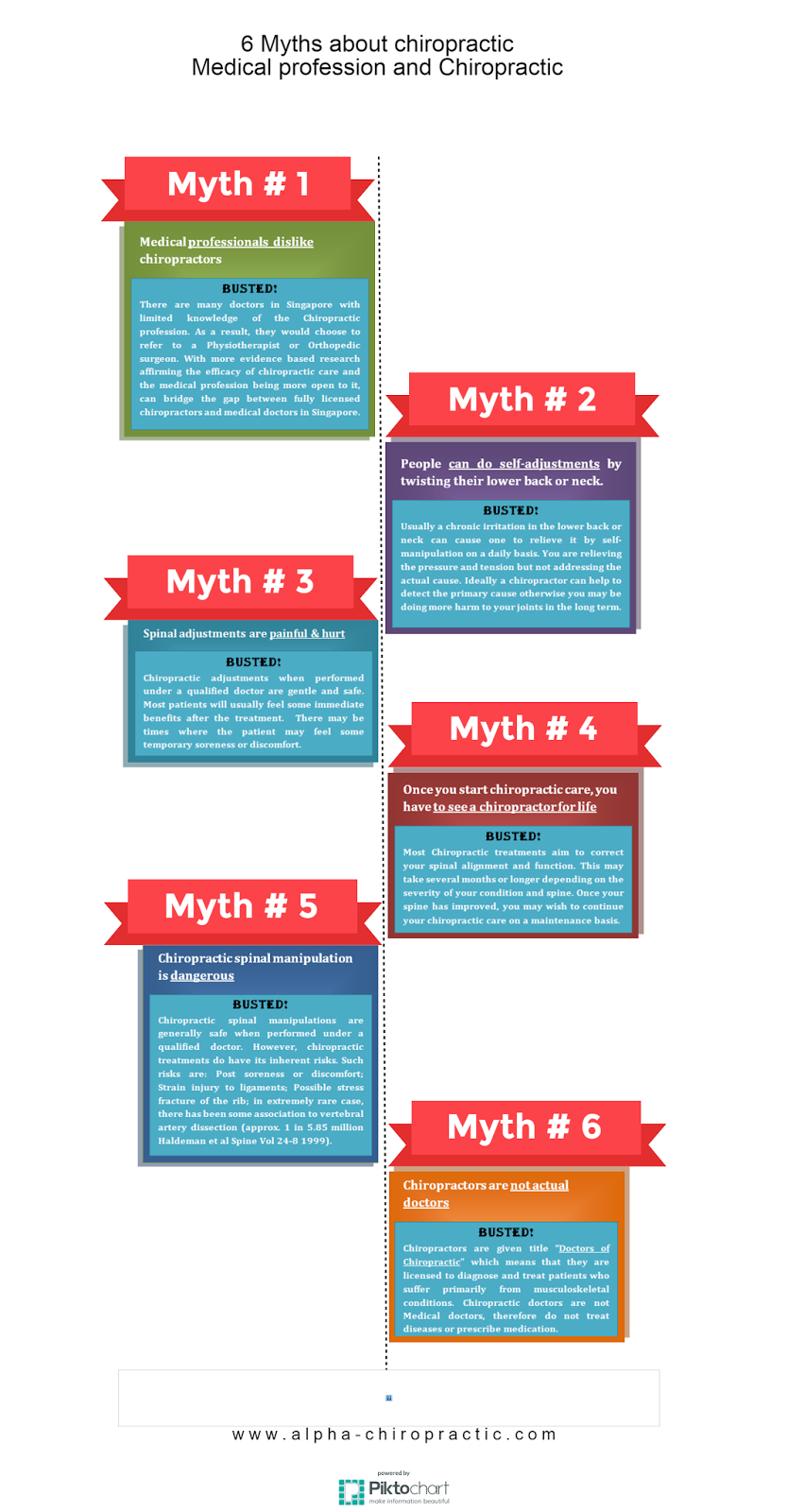A Comparative Analysis Of Acupuncture And Alternate Discomfort Administration Techniques
A Comparative Analysis Of Acupuncture And Alternate Discomfort Administration Techniques
Blog Article
Posted By-Cohen Lester
When you consider discomfort administration options, you may find yourself weighing the benefits and drawbacks of various strategies, consisting of acupuncture, over-the-counter medications, and physical therapy. While lots of approaches use alleviation, they frequently include their own collection of challenges, like adverse effects or lengthy treatment times. Acupuncture attracts attention for its special capability to promote self-regulation with fewer threats. Yet exactly how does its effectiveness compare to even more conventional approaches? The nuances of these strategies can substantially influence your options, and exploring them further might lead to unusual insights.
Review of Pain Administration Techniques
When it comes to handling pain, you have a selection of techniques available. These approaches can range from traditional approaches to more alternative treatments. Recognizing your alternatives is critical in finding what functions ideal for you.
One typical method is over-the-counter medicines like ibuprofen or acetaminophen, which can offer fast relief for light to moderate pain. Prescription drugs, including opioids, may be necessary for much more severe discomfort, though they include risks of dependence and negative effects.
Physical therapy is an additional effective method, concentrating on exercises and stretches to reinforce muscular tissues and enhance movement. This approach typically aids in managing persistent pain problems.
In addition, some people turn to even more holistic alternatives, such as massage treatment, which can reduce stress and enhance circulation.
Mind-body strategies, like mindfulness reflection or yoga, aid you handle pain by minimizing stress and improving your mental durability.
Finally, way of life modifications, such as maintaining a healthy diet and regular exercise, can play an important function in total discomfort monitoring. Each method has its pros and cons, so it's vital to explore what fits your demands and preferences best.
Conveniences of Acupuncture
Acupuncture provides an one-of-a-kind strategy to pain administration that stands apart amongst numerous strategies. By targeting particular factors on your body, it promotes the flow of energy, or "qi," advertising all-natural healing and minimizing discomfort.
Among the biggest advantages is its minimal adverse effects. Unlike some medications, which can cause dependency or unwanted wellness problems, acupuncture is an all natural therapy that motivates your body's self-regulation.
You'll likely locate that acupuncture sessions can help ease persistent discomfort, headaches, and even stress. Lots of people experience a sense of relaxation and wellness during and after treatment, which can improve general quality of life.
And also, it's a versatile option; it can be used along with various other therapies, making it an excellent enhance to your existing pain monitoring strategy.
Another substantial advantage is that acupuncture can be tailored to your certain demands. Your practitioner will analyze your condition and create a tailored therapy strategy, guaranteeing you receive the treatment that best sustains your healing.
With its old origins and expanding approval in contemporary medicine, acupuncture stands apart as an engaging alternative for pain alleviation.
Contrasting Performance and Results
Discomfort monitoring methods vary widely in their effectiveness and end results, making it essential to comprehend just how they compare to one another. When taking into consideration choices like acupuncture, physical therapy, and medication, you'll discover unique differences in just how each method addresses discomfort.
Acupuncture, for instance, commonly offers relief for persistent discomfort problems, with researches revealing significant improvements suffering levels for several individuals.
In contrast, drugs like opioids can properly take care of acute pain yet bring threats of dependence and adverse effects.
https://dhss.alaska.gov/dph/VitalStats/Pages/transparency.aspx on rehabilitation and might take longer to show outcomes, which can be annoying if you need immediate relief.
When reviewing these strategies, think of your specific pain type and your individual health goals. Some people find that a combination of methods works ideal for them.
As an example, you could benefit from acupuncture sessions alongside physical therapy to take full advantage of healing.
Eventually, comprehending the efficiency and outcomes of each method will certainly aid you make educated choices regarding your discomfort administration method, enabling you to choose the method that best fits your needs and way of living.
Verdict
In recap, acupuncture sticks out as a beneficial choice to standard pain administration techniques. https://same-day-chiropractor-nea73840.activoblog.com/35355318/visualize-a-scenario-where-acupuncture-provides-the-alleviation-you-look-for-from-migraine-headaches-delve-into-important-methods-that-could-alter-your-pain-monitoring-course provides fast alleviation and cultivates self-regulation without the dangers of dependence connected with medicines. While https://israelqlgau.weblogco.com/33174891/what-if-whatever-you-thought-you-found-out-about-chiropractics-physician-and-neck-and-back-pain-was-wrong-discover-the-reality-behind-common-misconceptions-and-unlock-new-opportunities-for-health might demand more time for outcomes, acupuncture can provide prompt benefits, making it an appealing alternative for those seeking remedy for chronic discomfort and stress. By including acupuncture into your discomfort administration strategy, you can boost your general well-being and redeem control over your health.
